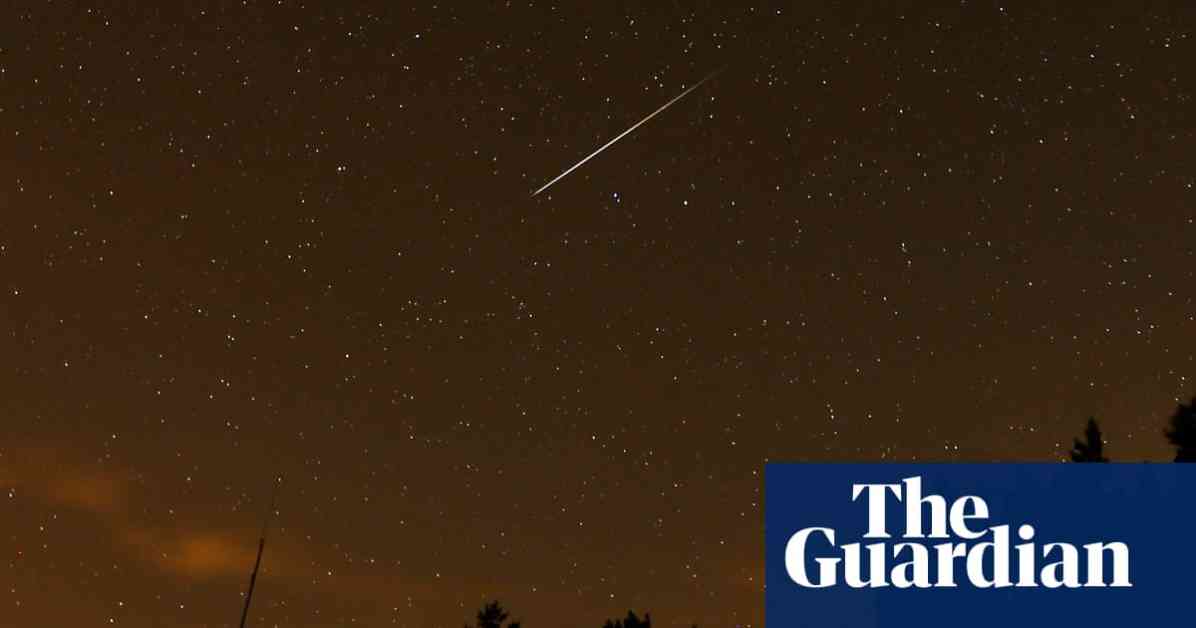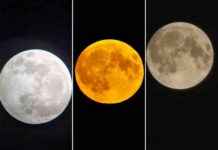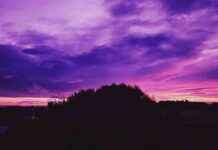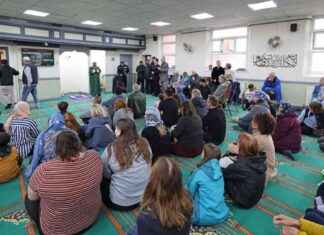If you’ve been eager to catch a shooting star and make a wish, this weekend is your best chance to witness a spectacular meteor shower known as the Perseids. This annual event, which occurs from late July to mid-August, is reaching its peak this weekend, with the most impressive display expected on Sunday night into Monday morning. While the Perseids can be seen from various parts of the world, the northern hemisphere, particularly the United States, is anticipated to have the most remarkable views. National parks like California’s Joshua Tree are preparing for an influx of visitors eager to witness this natural phenomenon.
The Perseids meteor shower is a result of Earth passing through debris left by the Swift-Tuttle comet every year. As this debris enters our atmosphere at speeds up to 160,000mph, it burns up and creates the appearance of shooting stars. During the peak of the Perseids, skywatchers can expect to see up to 100 shooting stars per hour.
To make the most of this cosmic spectacle, Douglas C Leonard, an astronomy professor at San Diego State University, advises finding a dark area away from city lights with an unobstructed view of the sky. State and national parks are excellent locations for stargazing, with some offering special programs tailored for Perseids viewing. Even if you can’t make it to an ideal location, the Perseids are known for producing bright meteors visible from various places.
For those planning a weekend getaway to witness the Perseids, national parks are renowned for their dark skies perfect for stargazing. Parks like Fort Union National Monument in New Mexico, Great Sand Dunes National Park in Colorado, Joshua Tree in California, and Great Basin National Park in Nevada are excellent options. However, due to the expected surge in visitors, park officials are advising nearby communities and businesses to prepare for increased traffic and possible delays.
If you only have a few minutes to spare this weekend, don’t worry – you’ll still have a chance to see shooting stars. Just ensure your eyes are dark-adapted by avoiding local lighting sources like streetlights and phones. The best time to observe the Perseids is after midnight when the moon sets, with the peak viewing time around 3 or 4am. Remember, no special equipment is needed to enjoy this celestial display – simply find a dark spot, look up, and marvel at nature’s light show.























